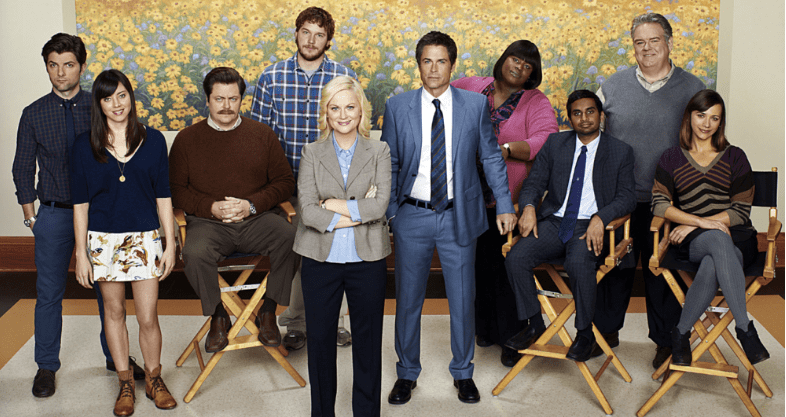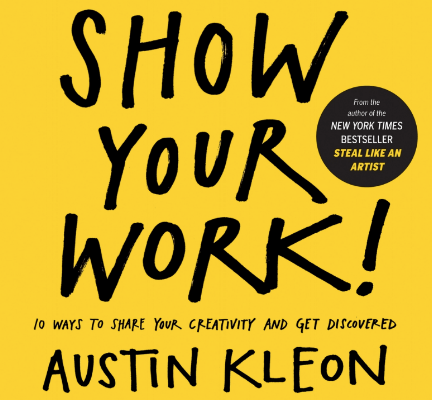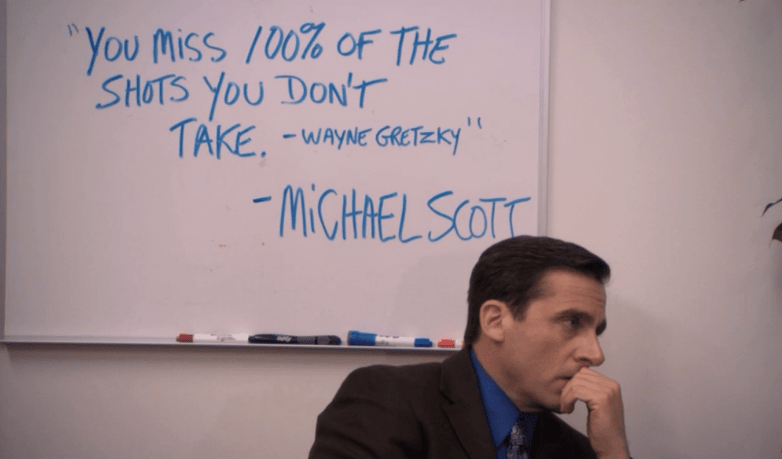Season Two
One of the greatest phrases you can hear about a TV show is “Season Two”
Season Two is fantastic.
Season Two is a vote of confidence in the creative team; that what they have been doing has been good enough, and there’s significant potential that this could become something great.
The act of creating something is always difficult.
It requires bravery, sweat, lost sleep, vulnerability, and compromise.
Because of all this, the first version of what you create isn’t as perfect as you’d hoped for.
And that’s ok.
The act of building the first version teaches you so much; about the idea, the creative process, your team, your audience, your partners and suppliers, your customers, and even about yourself.
At the end of the process, you will feel spent.
This is a dangerous time, because of two big creative traps:
1. Other people demoralise you, and you stop
If you have a vision for something, it needs to be bigger than the first season.
Hopefully you’ve contemplated your idea going big, creating change and thriving over the next 4-5 years.
The first version might not have been great.
It’s the first step in a much longer journey, and you’ll get better over time.
The risk is that people around you see only the first version and deem it unworthy.
Your job as a creator is to ignore these voices, at least for a time.
Seth Godin calls this The Resistance – our universal tendency to push back and discourage anything new or unknown.
Build season two.
Iron out the wrinkles.
Plug the gaps.
Magnify your strengths.
If at that point you decide that there’s a huge flaw in the idea, and that it can never work, good. Walk away proud.
But that’s your call that you make on your terms, not because of what other people tell you.
2. You’re not proud of your work, so you hide the evidence that it ever happened
When you’ve just finished creating something and are emotionally exhausted, the temptation is to do “a review”.
Don’t do it.
Fatigue puts you in an unrealistic mental state, and is a terrible time to make decisions.
It’s the same reason why you shouldn’t go to the supermarket while hungry, or evaluate risk in front of the person you fancy, or self-assess your dancing skills while drunk.
Once you have finished creative, your sole aim is to restore yourself.
This is an underrated life skill that is worth improving; learn how to best recharge your batteries.
It’s different for everyone, so find the combination that works for you.
Consider a mix of physical, social and emotional tricks, all designed to help you “reset”.
You probably already have an idea of what yours are, but be open to trying new ways of replenishing yourself.
When you’re in a refreshed mental state, review your work.
There’s a great quote, wrongly attributed to Ernest Hemingway - “Write drunk, edit sober”
This is the sober bit.
Don’t make any decisions about quitting until you’re in a good headspace.
Austin Kleon’s fantastic book Show Your Work talk about the benefits of keeping and displaying your early drafts.
These should be a source of pride and inspiration – visual progress of how your thinking has changed, but also how it has stayed consistent.
Don’t erase your early mistakes, they may serve as a prompt in the future once your skills have increased.
These are like the deleted scenes on a DVD.
You were probably right to cut them, but they also bring more context to the work.
It also may show your good judgement – the skill of knowing what to remove.
By creating breathing space between the versions of your work, you give inspiration a chance to strike.
This may come through adding features, changing designs, removing clutter, pivoting the idea, or even finding a new audience.
This is visible in most TV comedies.
Most of my favourite shows had really mediocre first seasons, then something magical happened while the creators were reshaping season two.
Look at Parks and Recreation – one of the best comedies in the last decade.
Terrible first season.
Everyone seems annoying, and things don’t really click.
Then they changed the Amy Poehler’s character, Leslie Knope, into someone more likeable and endearing.
Then they tweaked her boss (Nick Offerman) into becoming an iconic figure of masculinity.
Then they decided to change Chris Pratt’s role (initially a minor character in a few episodes), playing to his strengths.
He’s now one of the most famous, in demand stars in the world.
The show took off, and quickly gained a huge following.
I rediscovered it at Season 4, loved it, and then went back to the earlier series.
What I love about this example is that the show’s creators had most of the raw ingredients they needed, but it took a full season of experimenting to get the chemistry right.
The first version wasn’t great, but it was good enough to earn a second season, and that was all the space they needed to create something remarkable.
This is the reason we encourage social entrepreneurs not to fall in love with their first idea.
It’s why people need to do 8-10 versions of the Business Model Canvas to get their idea right.
It’s also why the canvas is made of paper or written on a whiteboard – the early ideas haven’t earned permanence yet.
Go easy on your early work, keep surrounding yourself with inspiration, and focus on getting your project to Season Two.








